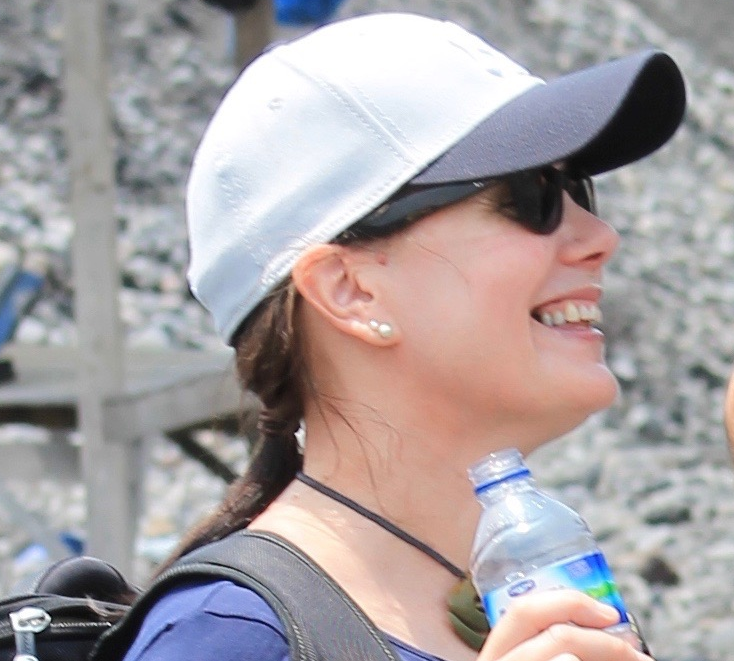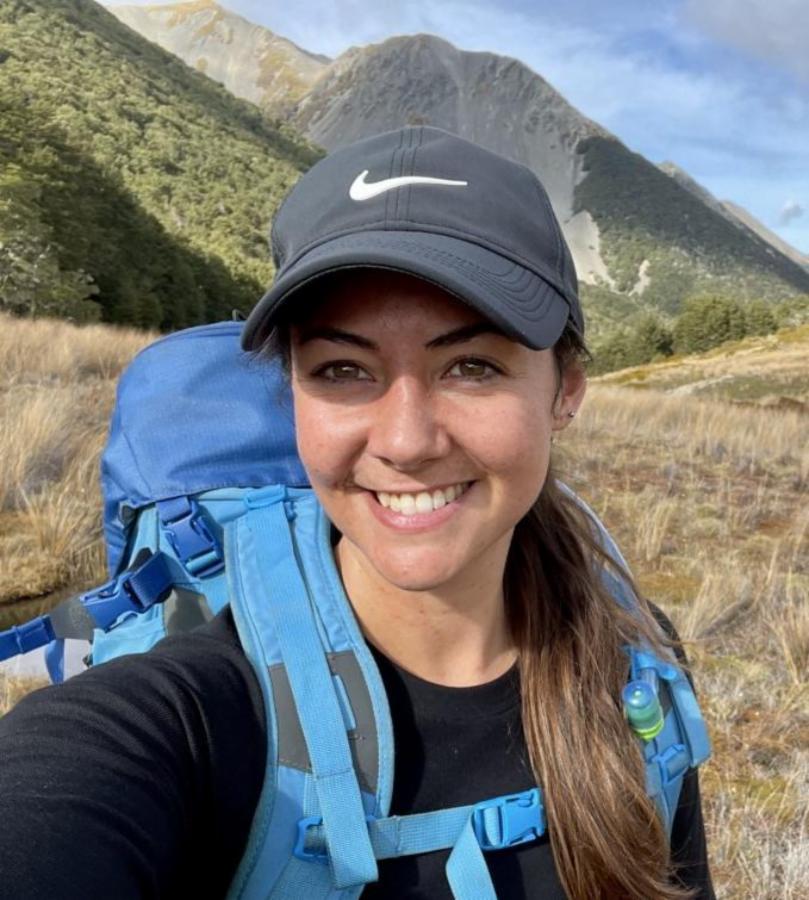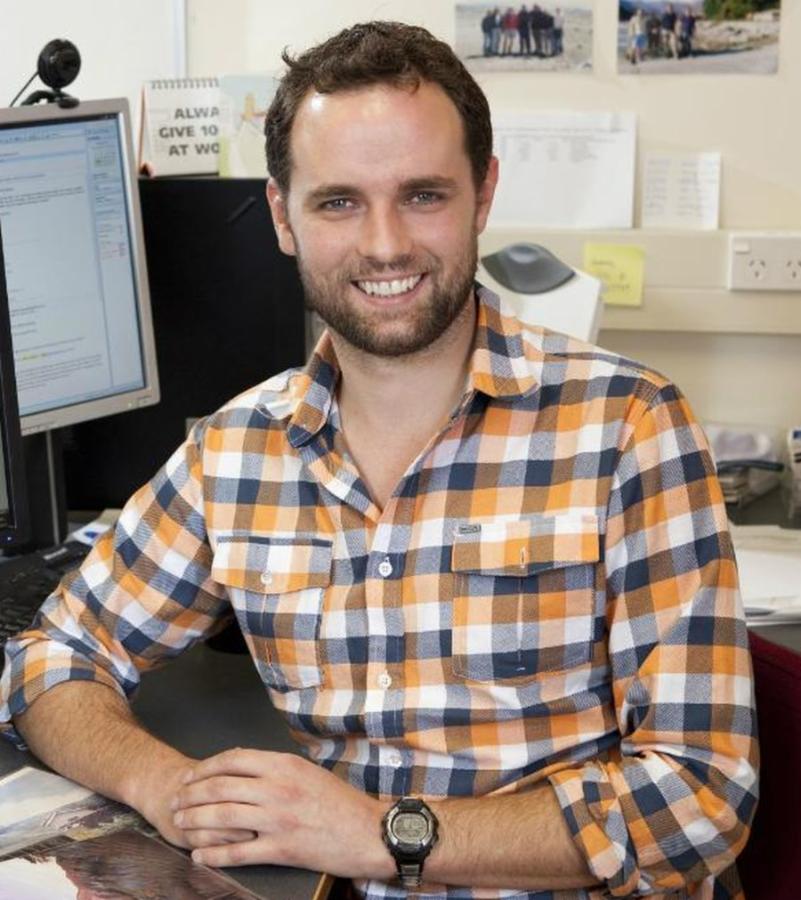About the group
Aotearoa New Zealand is located on the Pacific ‘rim of fire,’ and has one of the most physically dynamic landscapes and environments in the world. Floods, droughts, earthquakes, volcanoes, landslides, and tsunamis threaten a rapidly-growing, high-income economy, driving collaboration between policy, practice research, and local communities, and increasing demand for disaster risk reduction.
The Disaster Risk and Resilience (DRR) Group, based out of the University of Canterbury, is at the forefront of disaster resilience research and implementation both in Aotearoa New Zealand, and internationally. The group brings together a cluster of researchers across an array of disciplines, united by a passion for hazards and innovative research.
The Sendai Framework calls for a broader, more people-centred, preventative approach to disaster risk reduction, in which communities, government and private sectors, civil society organisations, academia, and research institutions work together to build resilience and develop collaborative disaster risk reduction practices. To address this, the cluster also hosts a professional Master of Disaster Risk and Resilience.
The DRR Group plays a leading role in a number of interdisciplinary projects and resilience initiatives. Current and completed research undertaken by members of the Group includes projects and programmes funded by the Resilience to Nature’s Challenges programme (including the Rural, Multi-hazards Risk Management and Resilience in Practice programmes), the Endeavour Fund, and the EQC.
Current topics include
- Disaster risk governance and disaster management decision-making and governance
- The coproduction of disaster resilience
- Development of new and novel multi-hazard impact assessment approaches
- The interdisciplinary, cross-sector collaborative development and implementation of earthquake, volcano, landslide, flood and coastal erosion disaster impact scenarios
- Collaborative development and implementation of regional science/practice/policy disaster risk management platforms
- Innovative resilience decision-making
- Drivers of rural resilience
- Pre-event adaptation for disaster impact reduction
- Managed retreat from high-risk areas







